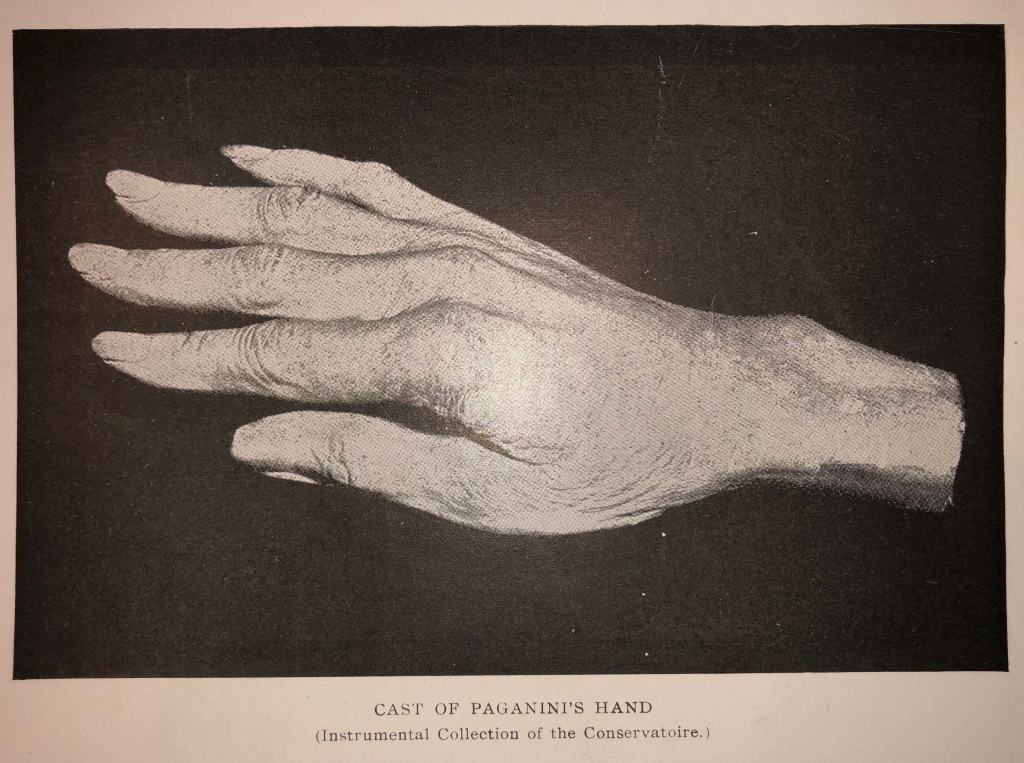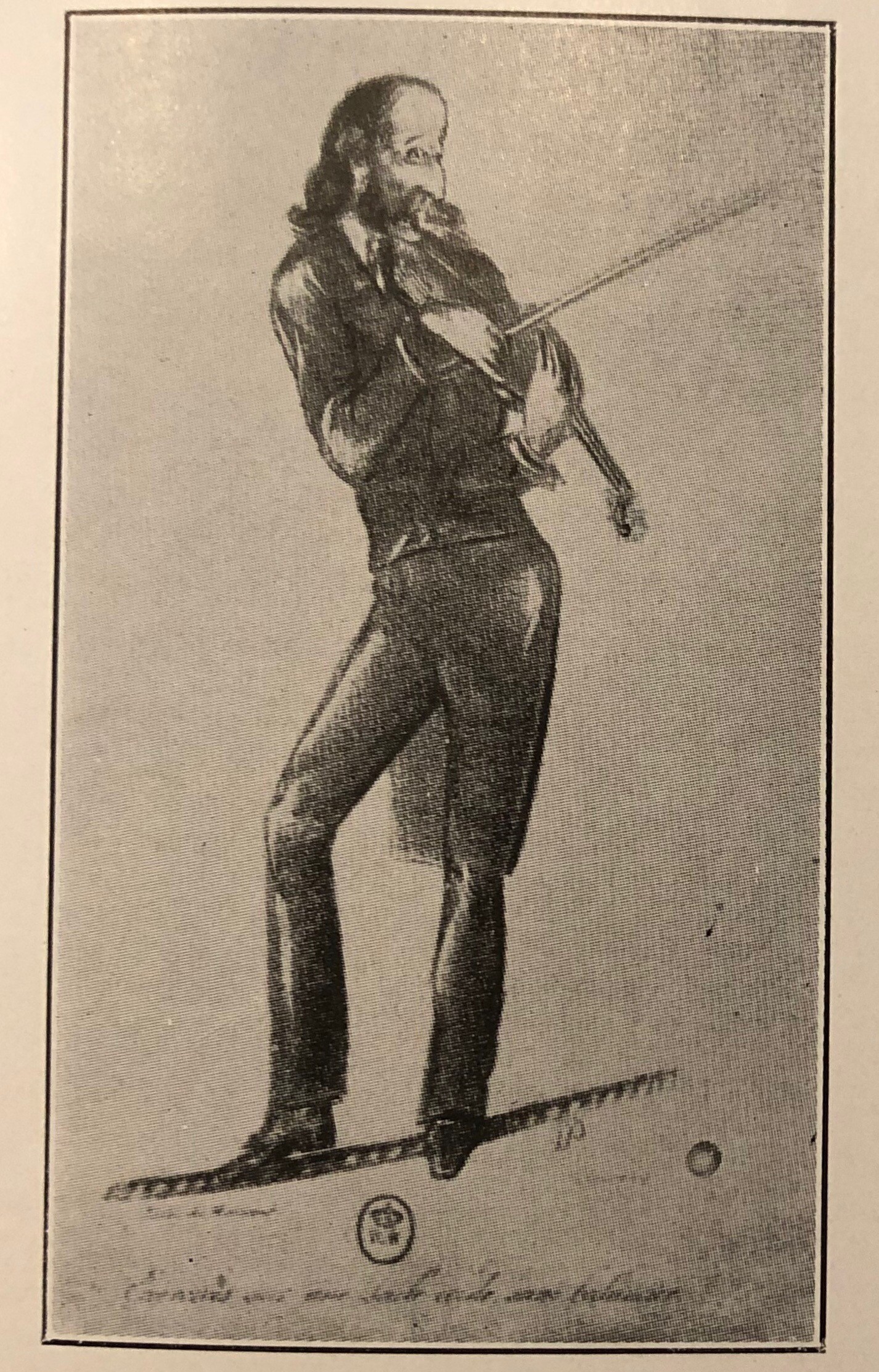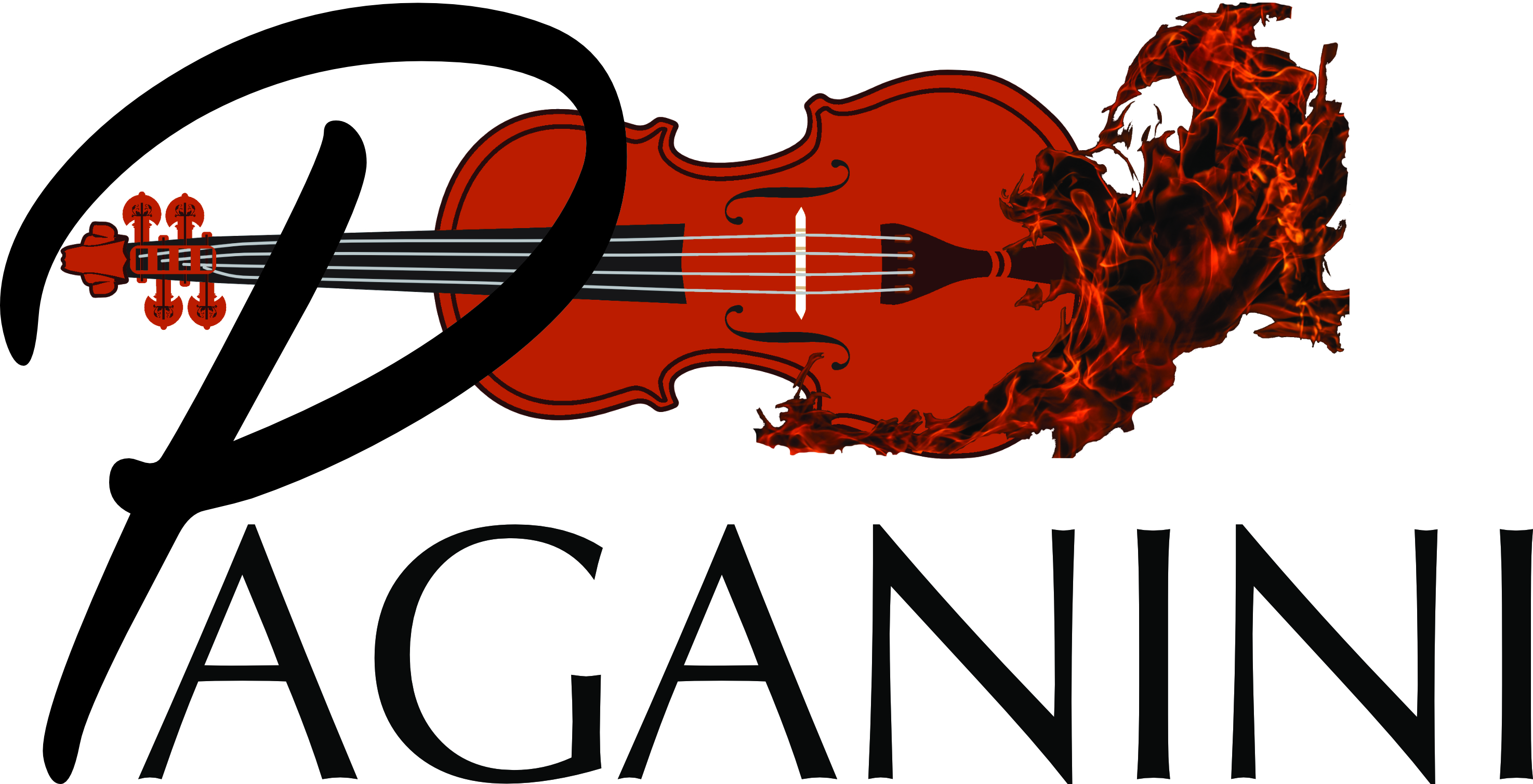Niccolò Paganini INNOVATOR
Scordatura, Pizzicato and Flying Staccato.
A reflection by Francesco Binda
Niccolo’ Paganini defined the highest standards in the world of violin. His eccentric personality, his natural abilities to play the instruments, his tenacious practice to perfection, and the brilliancy of his compositions are the recipe of his greatness. Not by mistake, masters of the classical world, namely Schumann, Brahms, Liszt, and Rachmaninoff, based several compositions on Paganini’s melodies.
Along with Paganini’s proficiency and effectiveness in performance, what made Niccolo so special is a mix of his music’s design, creation, and innovation.
In the world of string instruments, there is a technique called “scordatura”. It consists in modifying the regular tuning to allow particular effects. This system was in use already in the early 17th century. So, even though Paganini did not “invent” it, he certainly took it to a different extension. In fact, if the scordatura traditionally consisted in altering the tuning of one or two strings, Niccolò used the concept of “mistuning” by raising all four strings by half a step.
Continuing on the road of innovation, Paganini developed the use of “left-hand pizzicato”. If the pizzicato can be somewhat easily produced but the accurate motion of the bow on the strings, generating it with the left hand is undoubtedly more challenging. At this point, add the melody to the mix: now you are supposed to hold the notes of the melody with some fingers form the left hand and use the other fingers of the same left hand to produce the pizzicato. It is no wonder why several music passages of Paganini’s composition that contain left-hand pizzicato are a headache even for the most accomplished performers.
Another technical tool to enrich the violin sonority is the use of “harmonics”. Paganini extensively used the device of single and double harmonics in his compositions. Thanks to his capabilities, he used several intervals of major and minor thirds, perfect fourths and fifths, and sixths to produce wonderful music effects.
If you are not content with the generation of harmonics, you can become interested in the following music devices. Paganini skills and compositional talent made him write with a great deal of double and triple-stops. Niccolò’s music also contains numerous lines to be played on a single string, which creates deliberate difficulties. If we talk about bowing, there are two ways used for rebounding bowing: the “spiccato” and the “sautillè”. As music effects Paganini also mastered the ricochet, the staccato, and the so called “flying staccato”.’s

Paganini hands must have had some physical peculiarities, to allow him to write such demanding music. In fact, a large number of his compositions contain chords of three or four notes. He also wrote passages in which crossing of the strings is required. Further, Niccolò also composed music with demanding extensions. All these musical devices certainly require some hard work to be mastered.
We would not talk about violin without talking about the bowing. If the “legato” bowing is unequivocally at the basic of playing the instrument, the “saltato” bowing is undeniably Paganini’s innovation. Additionally, there is the “Paganini’s bowing”. This is a particular bowing created by Niccolò that became so important to give it his name. It is a specific sequence of playing one staccato note followed by the legato notes. This tool applied to groups of four sixteenth notes produce an incredible musical effect. As it is for everything else, it is not easy to execute.
We can call him inventor, we can call him innovator, we can call him a genius. The reality is that Niccolò Paganini took his place in history by expanding the possibilities of the violin to its limit. The geniality and challenges of his compositions, the several different technical devices often played together, the extraordinary performance abilities and firing attitude generated a unique individual, still unsurpassed today, who left an unalterable trace in the history of music.

